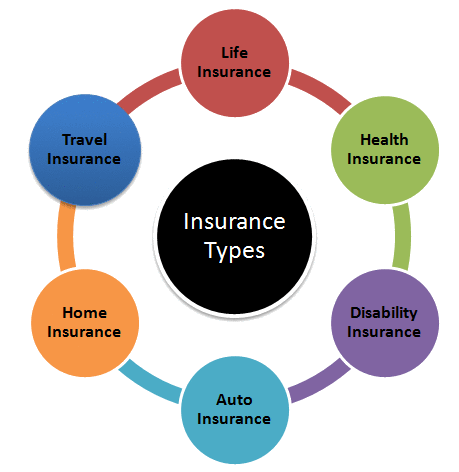A serious diagnosis can change the rhythm of a family’s life. Treatment needs attention. Work may pause. Routine bills still arrive each month. Many Indian households look for a simple way to create breathing room during such phases. That is where critical illness insurance often enters the conversation as a focused financial cushion.
This article walks through how the cover works, where it fits with regular health policies, and how to evaluate it without confusion.
Understanding the Cover at a Glance
Critical illness insurance is a policy that pays a one-time lump sum when a listed illness is diagnosed, as per policy terms. The payout is not tied to hospital bills. It can be used for travel to a specialist, temporary help at home, paying EMIs, or simply keeping savings intact while recovery is underway.
It sits beside your regular health policy. A standard health plan handles hospital and day care bills through cashless or reimbursement. A critical illness plan, on the other hand, focuses on the diagnosis of specific conditions described in the policy wording. Lists commonly include certain cancers, heart attack, stroke, kidney failure, and paralysis, though exact definitions vary. Waiting periods and survival periods may apply, so reading the wording closely is essential.
Why Indian Families Consider it?
Cash flow is the main reason. A lump sum can soften the impact of reduced income during treatment or rehabilitation. It also offers flexibility. Not every expense during recovery is a hospital bill. There are travel costs, second opinions, special diets, and school fees that continue regardless of health events.
How it Complements Regular Health Cover
Think of a two-layer approach. The base health plan handles admissible medical costs at network hospitals. Critical illness insurance aims to protect the overall household budget when income is uncertain. Because it pays on diagnosis within the listed conditions, the family can focus on care decisions without worrying about matching expenses to policy limits.
For Senior Citizens and Caregivers
Health insurance for senior citizens is usually built around hospitalisation and day care procedures. If available at the relevant age and health profile, a critical illness cover can act as a targeted add-on for specific high-impact conditions. Families supporting parents may explore a mix of a sensible base plan for seniors and a modest critical illness sum insured, keeping in mind medical tests, disclosures, and the possibility of stricter underwriting at higher ages.
Choosing a Sensible Policy
Selecting a mediclaim policy is less about chasing the biggest number and more about matching benefits to real risks and a premium you can sustain year after year.
What to Check Before Buying
A short checklist helps keep things simple:
- Covered illnesses and their definitions. The label cancer or heart attack is not enough. Look for stage-based triggers and clarity in wording.
- Waiting period and survival period. Note the number of days and how they apply.
- Sum insured. Many families align it to six to nine months of household expenses rather than an arbitrary figure.
- Standalone or rider. Some prefer a standalone critical illness insurance policy. Others add it as a rider to term or health cover.
- Renewal terms and multiple claim rules. Understand if the plan covers only the first claim or allows more within the list of illnesses.
- Disclosures and medical tests. Accurate and complete information at the start supports smoother claims later.
Cost and Value Basics
Premiums rise with age and sum insured. A balanced approach is to start with an amount that fits your current budget and review it at significant life events such as marriage, a home loan, or the birth of a child. Some policies may include wellness features or check-ups. These are useful, but the core value still comes from clear definitions and a claim process you understand.
Fitting it Into a Simple Protection Plan
A clear framework reduces confusion and avoids overspending.
Scenarios Across Life Stages
Young professionals often look at a small cover that protects income during recovery from a serious episode. It complements a term plan and a base health policy without stretching the premium.
Families in their 30s and 40s may consider a larger cover to keep school fees and EMIs on track during treatment. Portability options for existing health policies can be reviewed separately, while the critical illness cover stays focused on lump sum support.
Retirees and caregivers exploring the best health insurance for senior citizens may first check entry age, survival period rules, and medical test requirements. A careful reading of policy wording helps set realistic expectations on how and when the lump sum would be paid.
A Quick Decision Rule
Picture one situation that would create the most strain for your household. If a lump sum at diagnosis would prevent lifestyle shocks or forced borrowing, the cover may have a role. If your emergency fund and employer benefits already bridge that gap, a smaller cover or a staged purchase could be more comfortable.
Practical Tips to Keep in Mind
Short, consistent habits often work better than big one-time fixes:
- Renew on time to avoid losing continuity.
- Revisit the sum insured at each renewal or life event.
- Inform close family members about policy details and documents.
- Keep a simple claim checklist with your medical files.
Conclusion
Critical illness insurance is a focused tool that aims to protect cash flow during a tough medical phase. It does not replace regular medical insurance. It works beside it. For Indian households balancing savings, loans, school costs, and caregiving, the decision usually comes down to two points. Would a lump sum at diagnosis reduce stress if income pauses? Can the premium fit the annual budget without strain? A calm comparison of definitions, waiting and survival periods, and claim steps can help you choose a cover that feels practical today and adaptable for tomorrow.







